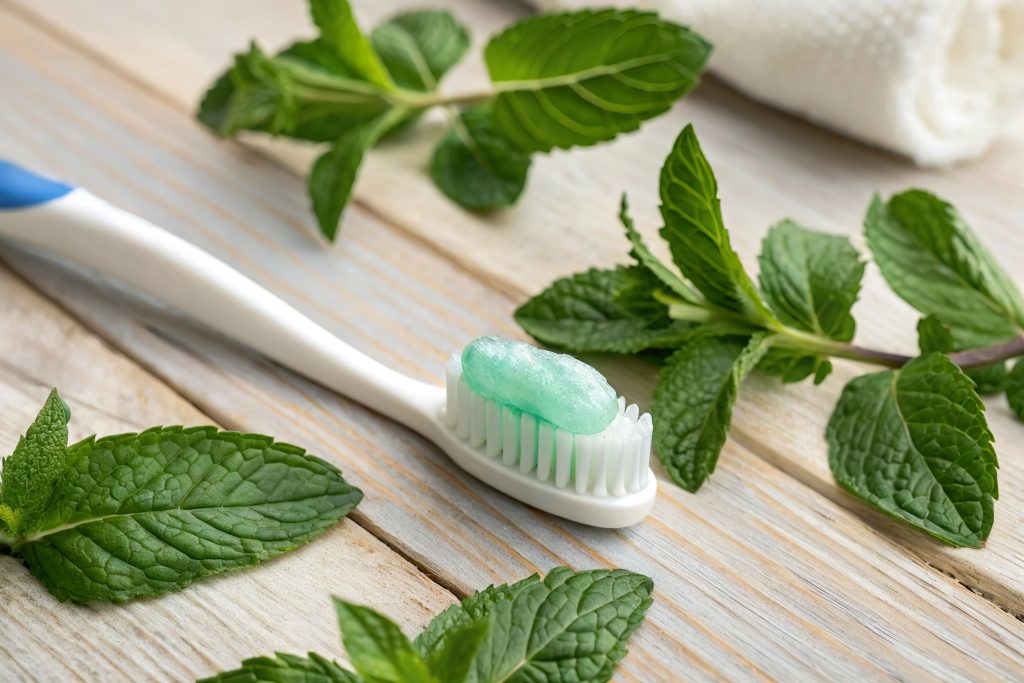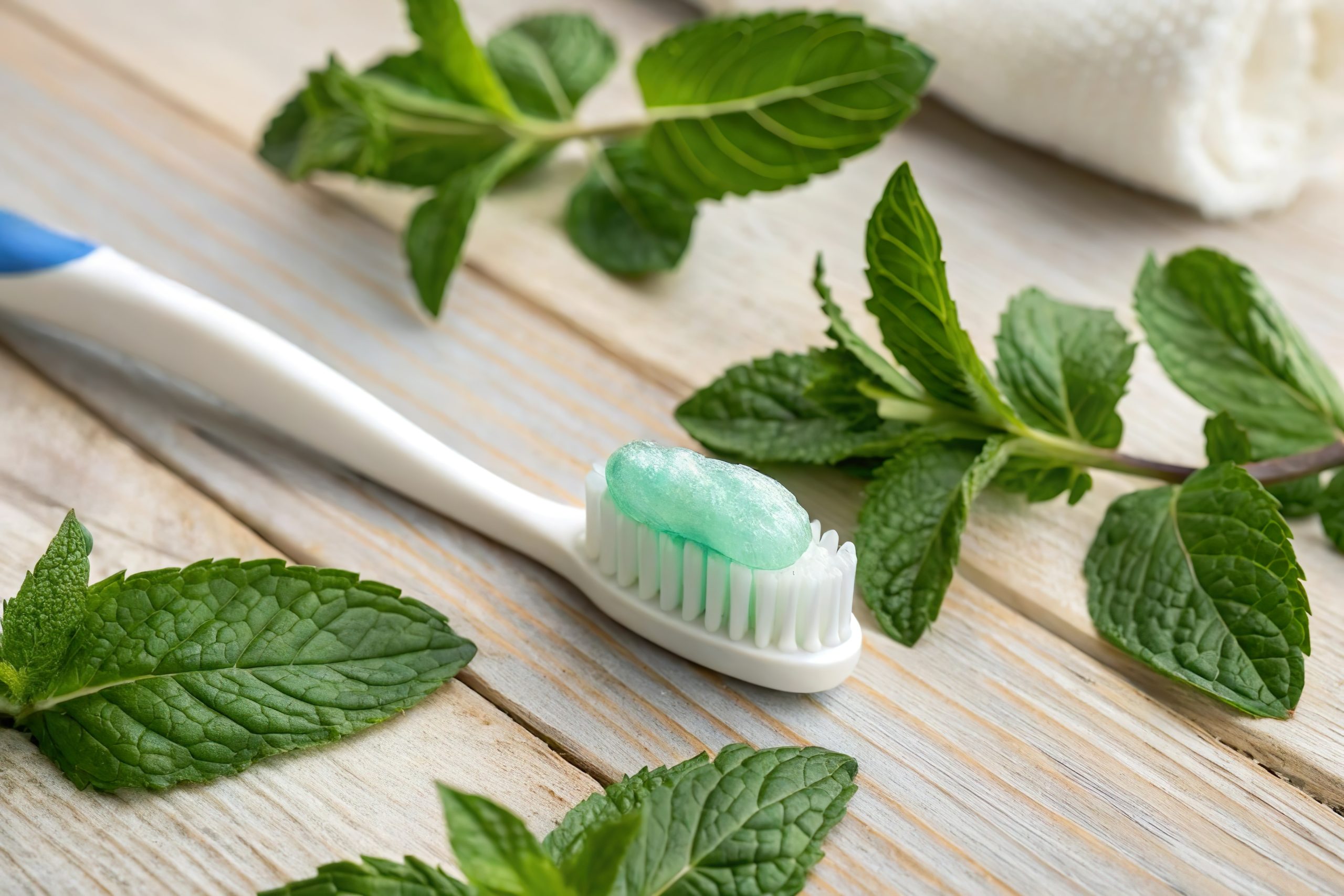Compliance Requirements for Mint Oil Suppliers in Oral Care
June 4, 2025

Introduction
Mint oil plays a crucial role in the formulation of oral care products, widely appreciated for its refreshing taste and aromatic properties. Its use spans both therapeutic and cosmetic applications, from toothpaste and mouthwash to chewing gum and breath fresheners. Given its dual function as both flavoring and functional agent, suppliers of mint oil must navigate a complex regulatory and quality assurance landscape to ensure compliance with global oral care standards.
Key Takeaways
- Mint oil used in oral care must meet strict regulatory, safety, and labeling requirements across jurisdictions like the U.S., EU, and others.
- Documentation such as Certificates of Analysis (COAs), authenticity reports, and allergen testing are critical for supplier qualification.
- Sustainability, traceability, and ingredient integrity are increasingly important factors in supplier selection by major oral care brands.
Regulatory Bodies Governing Mint Oil Use in Oral Care
U.S. Food and Drug Administration (FDA) Guidelines
The FDA oversees mint oil when used in Over-the-Counter (OTC) oral care products. Ingredients must comply with FDA monographs or undergo the New Drug Application (NDA) process if therapeutic claims are made.
Cosmetic uses, such as flavoring, are less tightly regulated, while therapeutic uses, such as plaque or gingivitis reduction, require stricter compliance.
Several mint constituents like menthol have GRAS (Generally Recognized as Safe) status, allowing their use within established safety parameters.
EU Cosmetic Regulation (EC) No 1223/2009
Products marketed in the European Union must adhere to Regulation (EC) No 1223/2009, which requires ingredient safety evaluations, appropriate labeling, and traceability.
Suppliers must provide documentation on ingredient purity and source verification. All components must be included in the Product Information File (PIF), including a comprehensive safety assessment and authenticity confirmation.
Other Relevant Authorities (Canada, Australia, etc.)
In Canada, mint oil used in natural health products must meet the standards of Health Canada’s Natural Health Products Regulations, requiring identity and quality verification.
In Australia, the Therapeutic Goods Administration (TGA) regulates oral health products containing mint oil, ensuring that suppliers meet inclusion criteria for safety, quality, and authenticity under the ARTG system.
Documentation and Testing Requirements for Mint Oil Suppliers

Certificate of Analysis (COA)
A COA must accompany each batch of mint oil and include Purity Levels, Menthol Content and Chemical Profile, Contaminant Screening Results (e.g. solvents, pesticides, etc…)
COAs are typically required per batch, with periodic validation testing depending on brand requirements
Authenticity Testing
Authenticity testing verifies that the mint oil is natural and unadulterated. Techniques such as gas chromatography–mass spectrometry (GC-MS) and isotope ratio analysis help detect the presence of synthetic additives or substitutes.
Suppliers must maintain detailed records demonstrating botanical origin and confirm that the oil has not been diluted or chemically modified. Third-party authentication is often requested by large oral care brands.
Allergen Testing
Mint oil must be screened for naturally occurring allergens, such as limonene and linalool, which can trigger sensitivity in consumers. These must be labeled if present above regulatory thresholds.
Testing ensures compliance with EU Annex III of the Cosmetics Regulation and similar standards in other jurisdictions.
Microbial & Heavy Metal Testing
To qualify for oral care use, mint oil must meet stringent microbiological and heavy metal limits. Acceptable thresholds vary by region but are typically based on oral exposure limits.
– Total Aerobic Microbial Count (TAMC)
– Absence of pathogens like E. coli and Salmonella
– ICP-MS for heavy metals like lead and arsenic
Quality Assurance and Traceability Standards

Good Manufacturing Practices (GMP) Compliance
Suppliers should follow cGMP standards to ensure consistent and hygienic production of mint oil. This includes controlled processing environments and documented procedures for quality assurance.
GMP compliance is often a minimum requirement for ingredient approval by major oral care companies.
ISO and Hazard Analysis and Critical Control Points (HACCP) Alignment
ISO 22716 and HACCP frameworks help ensure product safety and traceability through the supply chain. ISO outlines best practices for cosmetic ingredient manufacturing, while HACCP focuses on identifying and mitigating risks in production.
Adherence to these standards can strengthen a supplier’s credibility and facilitate smoother qualification processes.
Labeling and Ingredient Disclosure
INCI Naming Requirements
Mint oil ingredients must be listed using their proper INCI names, such as Mentha Piperita Oil or Mentha Arvensis Leaf Oil, ensuring consistency across regulatory filings and packaging.
Flavor vs. Active Ingredient Classification
If mint oil is used purely for taste, it is labeled as a flavor. If it contributes to therapeutic claims (e.g. antimicrobial activity), it must be declared as an active ingredient, subject to additional regulatory oversight.
Requirements for Natural vs. Synthetic Mint Derivatives
Suppliers must disclose whether the mint oil is naturally derived or synthetically produced. For “natural” or “organic” labeling, documentation like USDA Organic or COSMOS certification and supply chain traceability are required.
Sustainability and Ethical Sourcing Considerations

Sustainability certifications (e.g. Fair Trade, USDA Organic) are becoming essential for compliance, especially with multinational oral care brands seeking to meet ESG goals.
Brands increasingly require suppliers to document origin, farming practices, and ethical labor conditions. Traceability of raw materials is integral not only for regulatory compliance but also for brand integrity and marketing.
Supplier Audit and Qualification Processes
Large oral care companies typically conduct in-depth audits to qualify suppliers. These audits assess Regulatory documentation and history, GMP/ISO/HACCP certification status, Authenticity and allergen testing protocols.
Key audit questions may include:
– What systems are in place for traceability and recall?
– Are adulteration risks identified and mitigated?
– How is ingredient authenticity verified?
Third-party audits and certifications significantly boost a supplier’s chances of qualification and long-term partnership.
In Summary
Supplying mint oil for oral care applications requires more than just high-quality essential oil—it demands documented proof of compliance, authenticity, sustainability, and traceability. With increased scrutiny around natural claims and ethical sourcing, authenticity testing and responsible sourcing practices are more important than ever.


